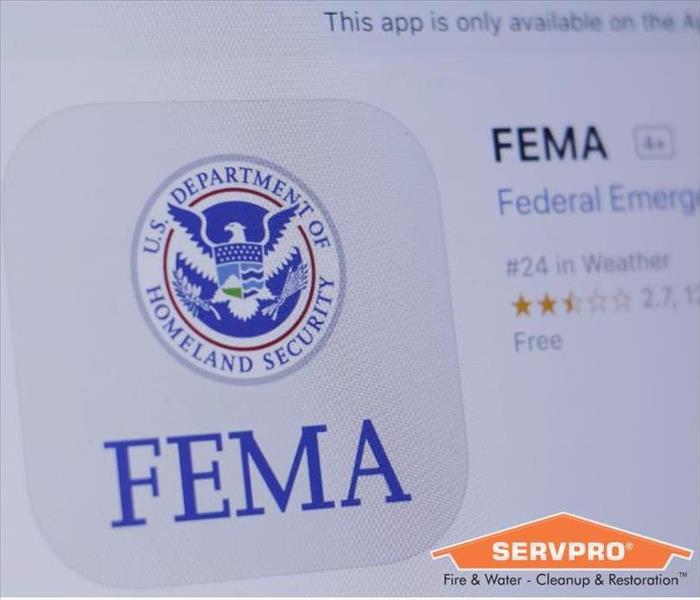Flood and Fire Interrelationships
6/28/2022 (Permalink)
 Read FEMA policies and guidelines in order to protect your property in the event of a natural disaster.
Read FEMA policies and guidelines in order to protect your property in the event of a natural disaster.
Interactions Between Floods and Fires
Many homeowners don’t know that their typical home insurance policy doesn’t cover flooding. Read on to understand how FEMA NFIP policies and guidelines can protect your property in the event of a natural disaster.
1. Why Be Concerned?
Wildfire damage isn’t just a huge economic burden in its own right—it also exacerbates local flooding problems. This is because the natural equilibrium is disrupted after vegetation burns. Since this first line of defense against erosion no longer exists, water continues to move through the landscape. Instead of being wicked into the soil and the trees, the water flows to lower elevations and carries ash and mud along with it.
2. What Can I Do?
FEMA NFIP, which is a National Flood Insurance Program, advises that most homeowners purchase an additional flood insurance policy if they are in any kind of wildfire zone, even if they are otherwise at low risk of flooding damage. Since most policies do not go into effect until around a month after the initial purchase, planning ahead is a necessity. Allow yourself the extra time to guarantee that you’re getting a good deal.
3. Are There Other Precautions?
Emergency services cannot always make it to the scene of a flood or fire immediately. If you suspect severe fires or storms are incoming, be sure that you have food and water on hand to last for a few days. It may also be helpful to devise an evacuation plan. Seal important documents away in a fire- and flood-proof safe, and take an inventory of any critical or valuable belongings so that insurance adjusters can assess your claim after the disaster.
With the appropriate forethought and know-how, homeowners in Virginia Gardens, FL, can protect themselves against the ravages of the elements, even in fire-prone areas. Just remember to follow FEMA NFIP guidelines and have the contact information of a qualified fire and flood cleanup professional at the ready.






 24/7 Emergency Service
24/7 Emergency Service